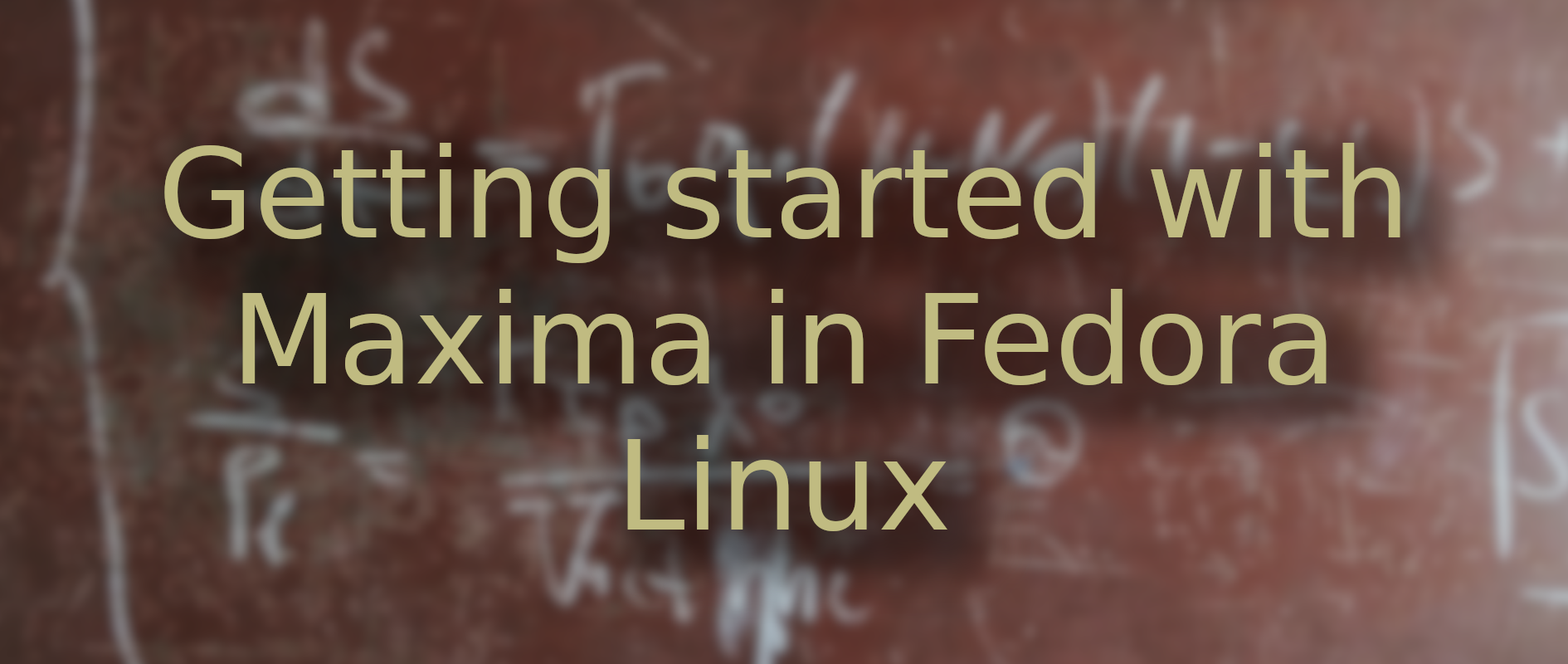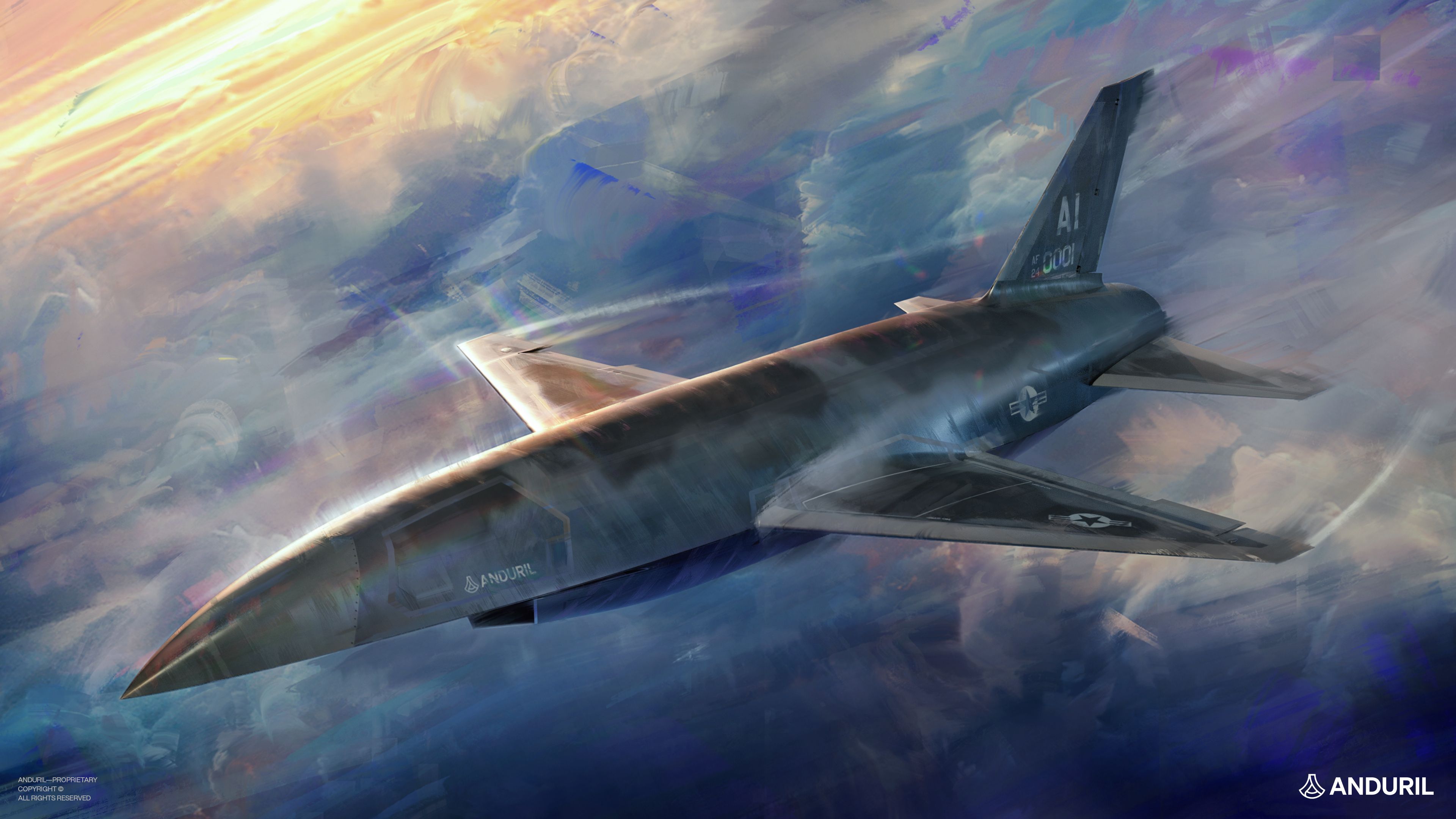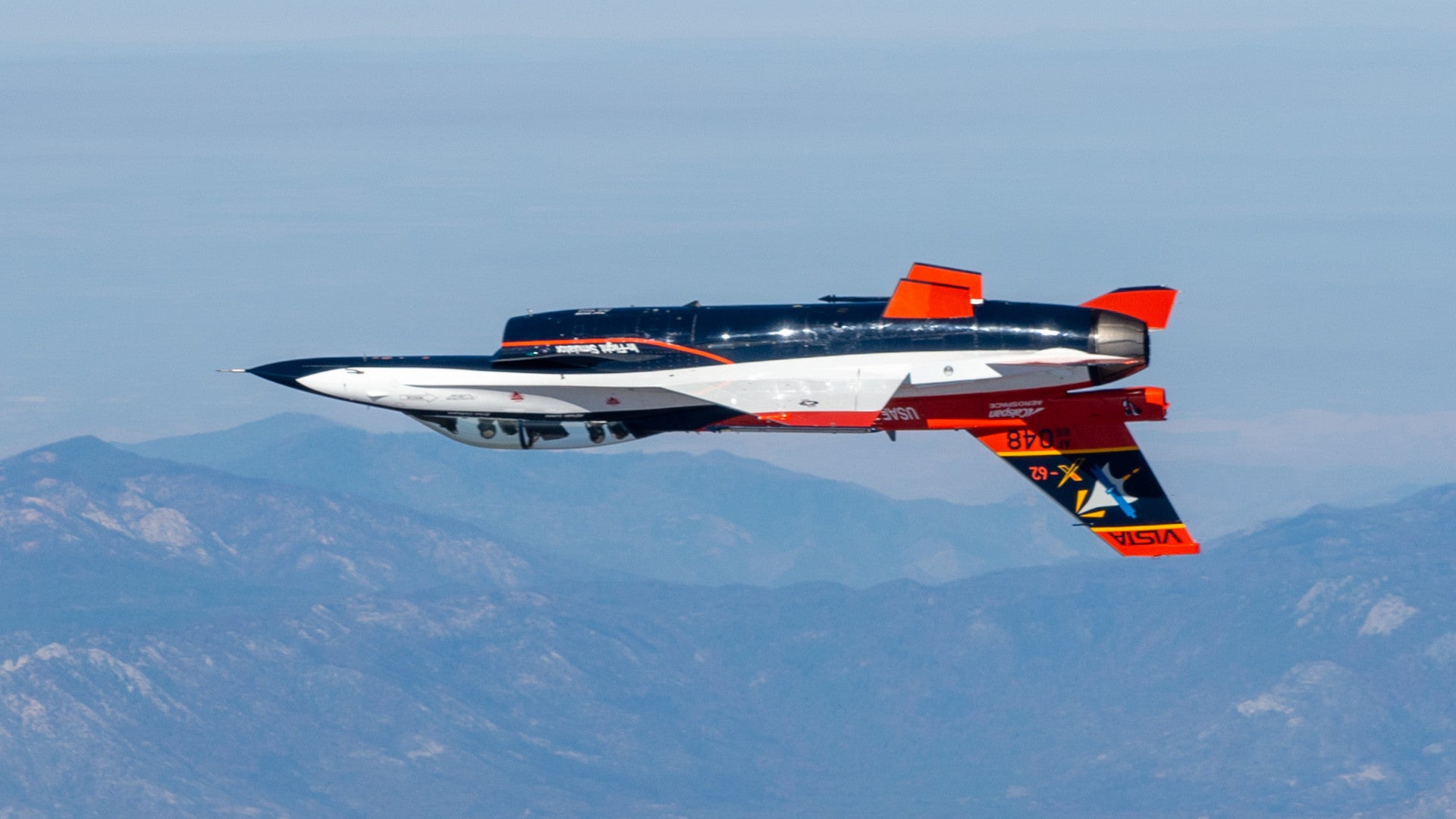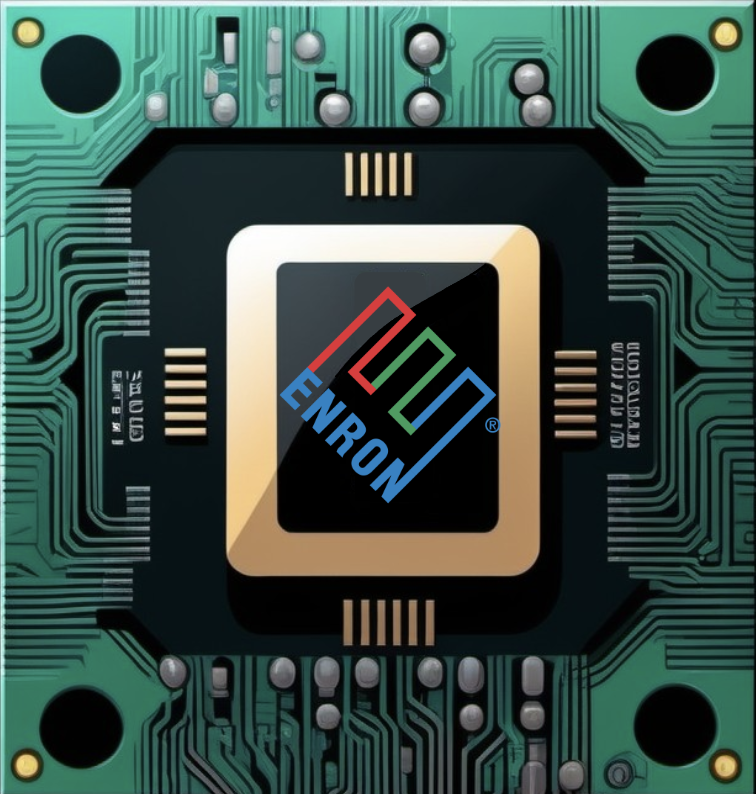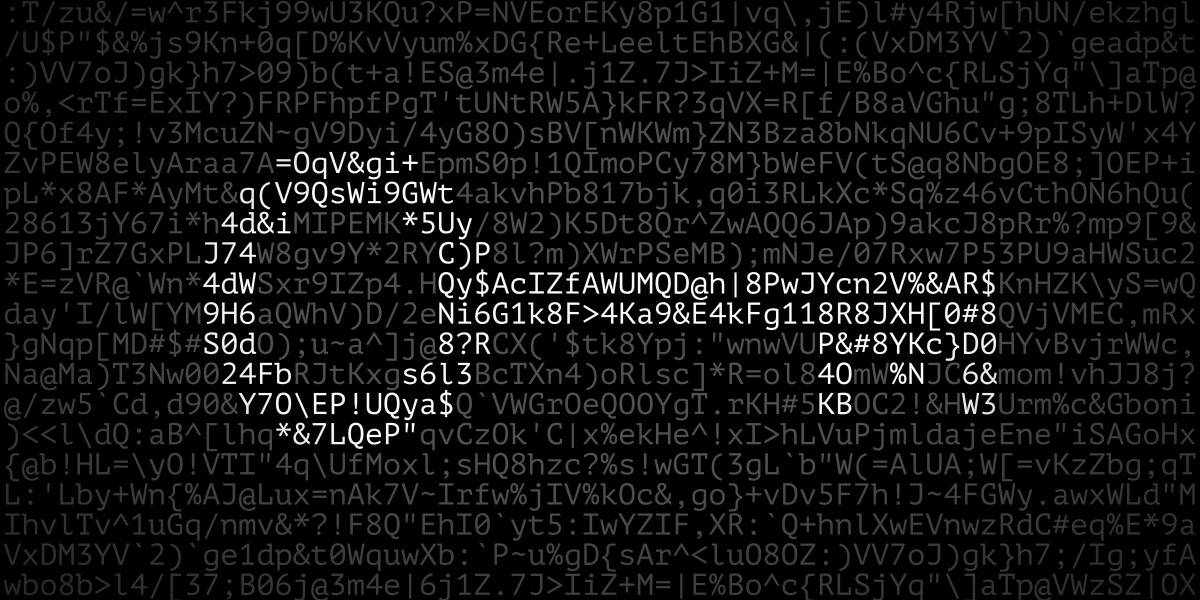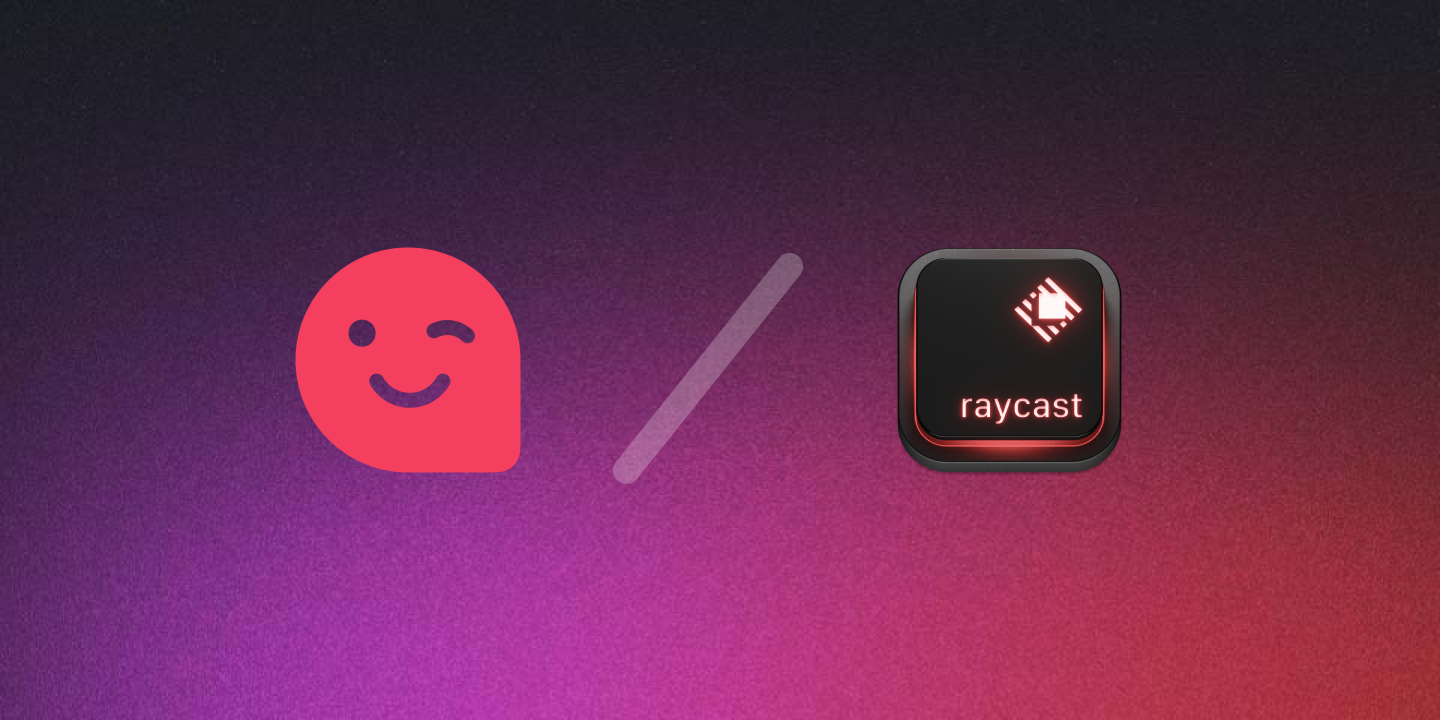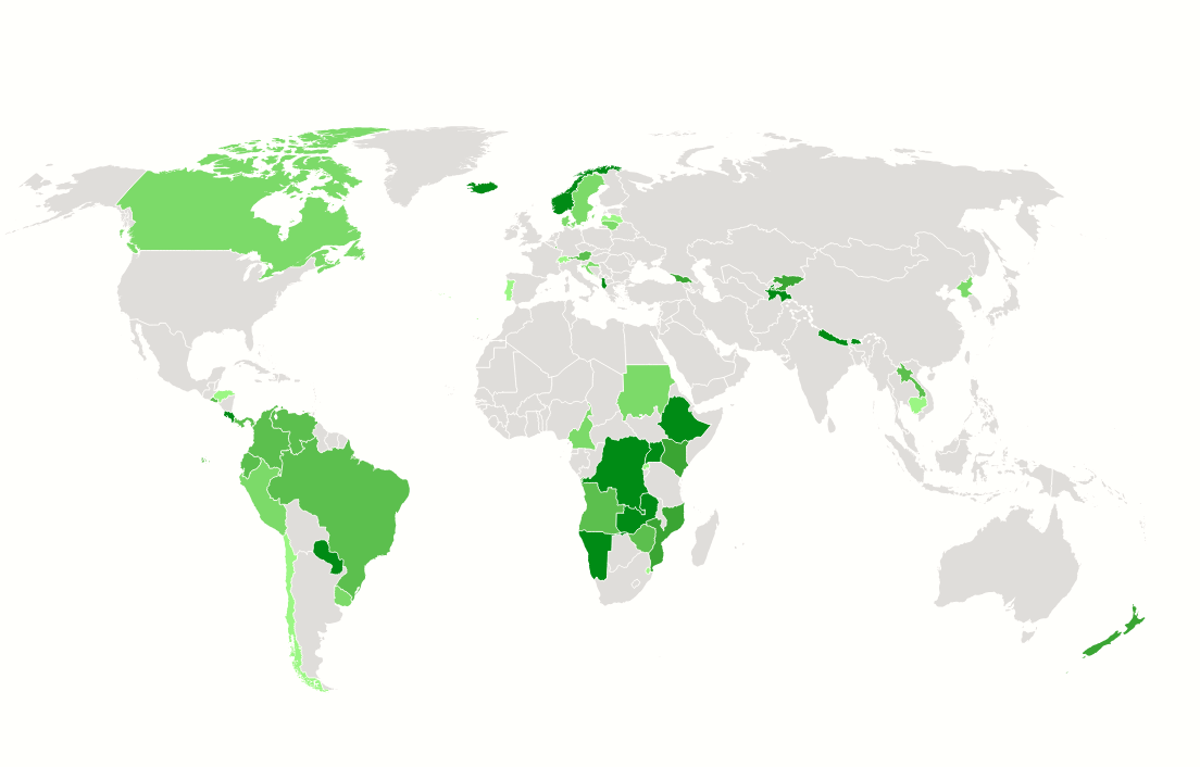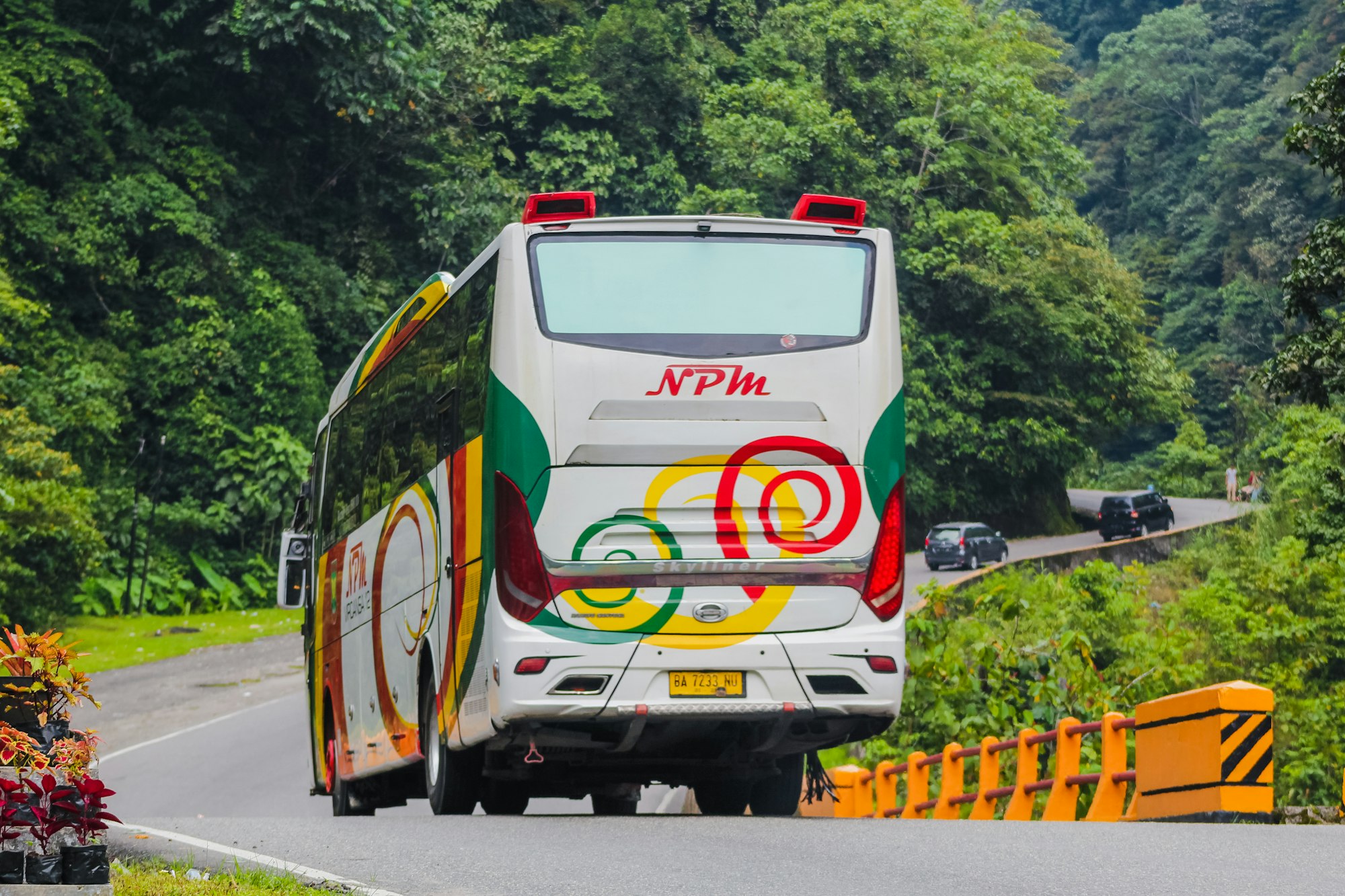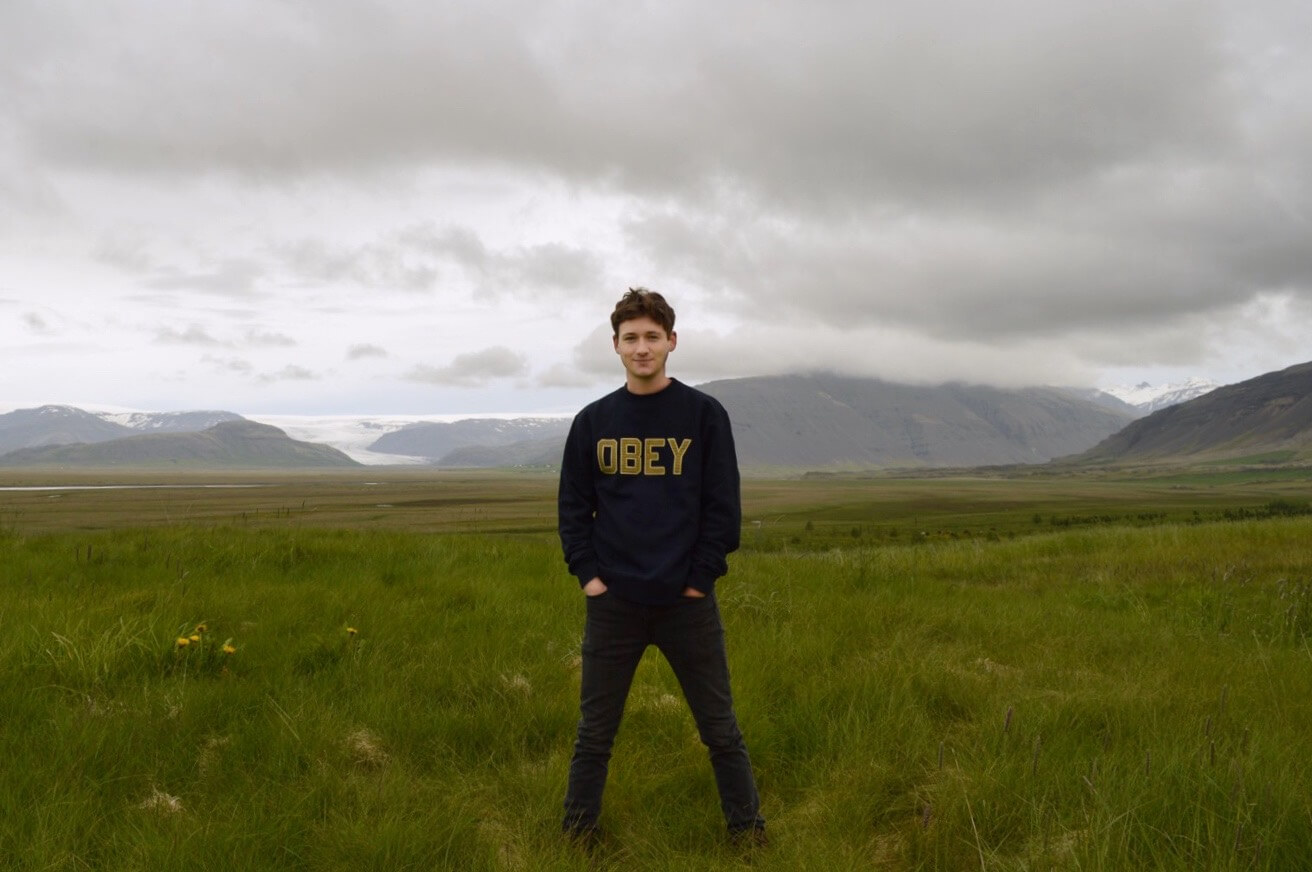Fedora Workstation: Our Vision for Linux Desktop
So I have spoken about what is our vision for Fedora Workstation quite a few times before, but I feel it is often useful to get back to it as we progress with our overall effort.So if you read some of my blog posts about Fedora Workstation over the last 5 years, be aware that there is probably little new in here for you. If you haven’t read them however this is hopefully a useful primer on what we are trying to achieve with Fedora Workstation.
The first few years after we launched Fedora Workstation in 2014 we focused on lot on establishing a good culture around what we where doing with Fedora, making sure that it was a good day to day desktop driver for people, and not just a great place to develop the operating system itself. I think it was Fedora Project Lead Matthew Miller who phrased it very well when he said that we want to be Leading Edge, not Bleeding Edge. We also took a good look at the operating system from an overall stance and tried to map out where Linux tended to fall short as a desktop operating system and also tried to ask ourselves what our core audience would and should be. We refocused our efforts on being a great Operating System for all kinds of developers, but I think it is fair to say that we decided that was to narrow a wording as our efforts are truly to reach makers of all kinds like graphics artists and musicians, in addition to coders. So I thought I go through our key pillar efforts and talk about where they are at and where they are going.
One of the first things we concluded was that our story for people who wanted to deploy applications to our platform was really bad. The main challenge was that the platform was moving very fast and it was a big overhead for application developers to keep on top of the changes. In addition to that, since the Linux desktop is so fragmented, the application developers would have to deal with the fact that there was 20 different variants of this platform, all moving at a different pace. The way Linux applications was packaged, with each dependency being packaged independently of the application created pains on both sides, for the application developer it means the world kept moving underneath them with limited control and for the distributions it meant packaging pains as different applications who all depended on the same library might work or fail with different versions of a given library. So we concluded we needed a system which allowed us to decouple of application from the host OS to let application developers update their platform at a pace of their own choosing and at the same time unify the platform in the sense that the application should be able to run without problems on the latest Fedora releases, the latest RHEL releases or the latest versions of any other distribution out there. As we looked at it we realized there was some security downsides compared to the existing model, since the Os vendor would not be in charge of keeping all libraries up to date and secure, so sandboxing the applications ended up a critical requirement. At the time Alexander Larsson was working on bringing Docker to RHEL and Fedora so we tasked him with designing the new application model. The initial idea was to see if we could adjust Docker containers to the desktop usecase, but Docker containers as it stood at that time were very unsuited for the purpose of hosting desktop applications and our experience working with the docker upstream at the time was that they where not very welcoming to our contributions. So in light of how major the changes we would need to implement and the unlikelyhood of getting them accepted upstream, Alex started on what would become Flatpak. Another major technology that was coincidentally being developed at the same time was OSTree by Colin Walters. To this day I think the best description of OSTree is that it functions as a git for binaries, meaning it allows you a simple way to maintain and update your binary applications with minimally sized updates. It also provides some disk deduplication which we felt was important due to the duplication of libraries and so on that containers bring with them. Finally another major design decision Alex did was that the runtime/baseimage should be hosted outside the container, so make possible to update the runtime independently of the application with relevant security updates etc.

